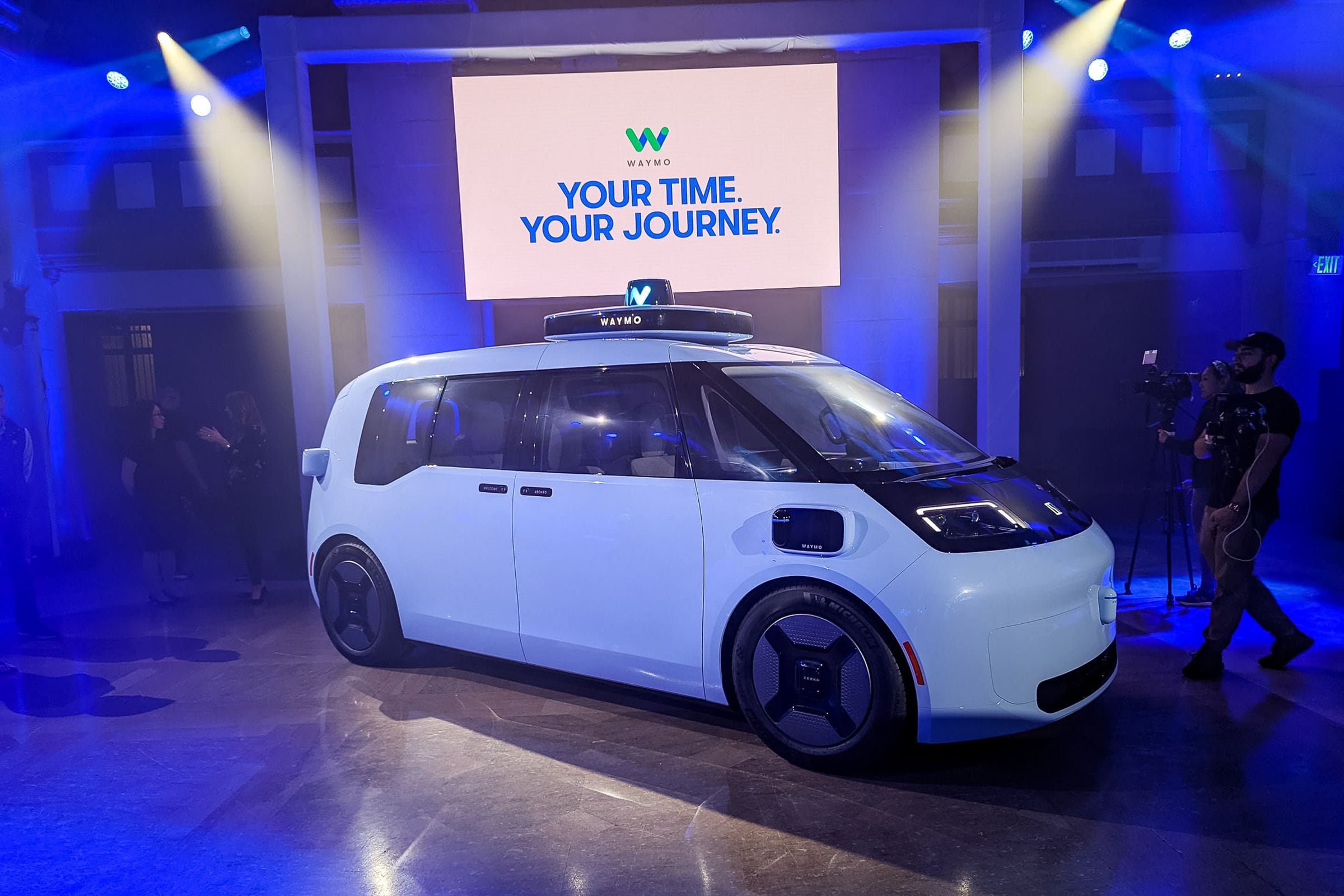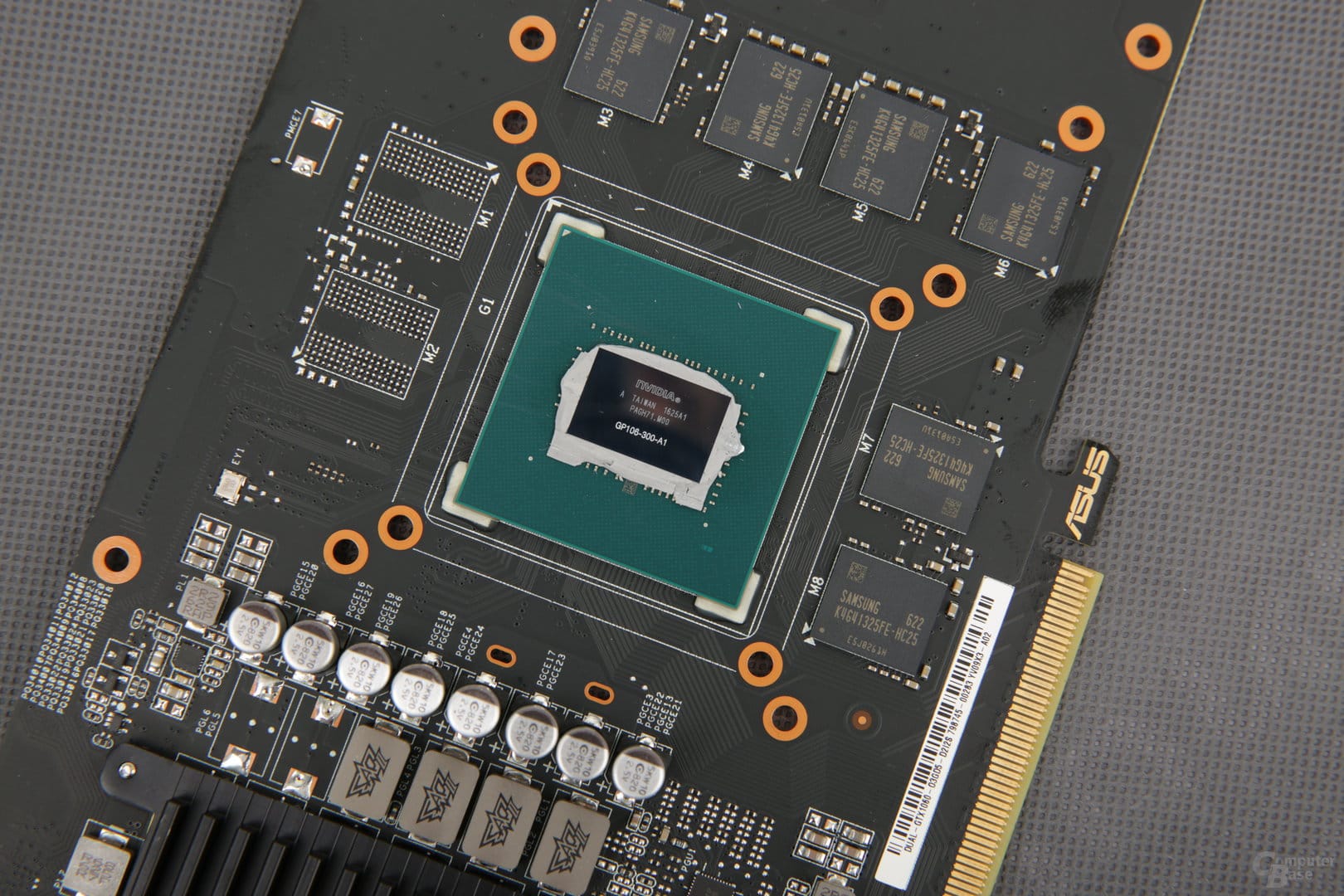Waymo’s Autonomous Vehicle Deployment Planned for Tokyo in 2025
Waymo, a subsidiary of Alphabet Inc. and a pioneer in the development of autonomous driving technology, has revealed plans to introduce its robotaxi service to Tokyo, Japan, by the year 2025. This ambitious project represents a substantial expansion of Waymo’s global reach and signifies a significant advancement in the integration of self-driving vehicles into a major metropolitan area. Tokyo, renowned for its complex road network, dense population, and highly efficient public transportation system, presents a unique and challenging environment for autonomous vehicle deployment.
The successful implementation of Waymo’s robotaxi service in Tokyo will depend on several crucial factors. Firstly, the company must secure the necessary regulatory approvals and licenses from Japanese authorities. This process often involves rigorous testing and demonstration of the safety and reliability of the autonomous driving system under various conditions. Japanese regulations regarding autonomous vehicles are still evolving, and navigating this regulatory landscape will be a critical aspect of Waymo’s success.
Secondly, Waymo will need to adapt its technology to the specific characteristics of Tokyo’s infrastructure and traffic patterns. The city is known for its narrow streets, frequent pedestrian traffic, and complex intersections. The autonomous driving system will need to be robust enough to handle these challenges, ensuring the safe and efficient navigation of the city’s roads. This adaptation might involve refining sensor technology, enhancing software algorithms, and incorporating detailed mapping data specific to Tokyo.
The integration of Waymo’s robotaxi service into Tokyo’s existing transportation network will also be a significant undertaking. The company will need to collaborate with local transportation authorities and potentially integrate its service with existing public transportation options. This integration could involve the development of seamless interfaces with existing ticketing systems or the creation of dedicated lanes for autonomous vehicles.
The economic implications of Waymo’s entry into the Tokyo market are potentially significant. The introduction of a robotaxi service could offer a new mode of transportation, potentially reducing congestion and improving efficiency. The creation of new jobs in areas such as vehicle maintenance, software development, and customer support is also anticipated. However, the potential impact on existing taxi services and the overall employment landscape will require careful consideration.
The technological advancements required for successful deployment in Tokyo are substantial. Waymo will likely need to further refine its sensor fusion technology, enabling the autonomous vehicles to accurately perceive their surroundings, even in challenging conditions such as heavy rain or snow. The development of robust algorithms capable of handling unpredictable human behavior on the road will also be crucial. Continuous improvement of the system’s ability to learn and adapt to new situations through machine learning will be essential for long-term success.
The social acceptance of autonomous vehicles in Tokyo will also play a critical role in the success of Waymo’s project. Public perception and trust in the safety and reliability of the technology are essential factors. Waymo will likely need to implement robust public relations and education campaigns to address concerns and build confidence among potential users.
Waymo’s planned deployment in Tokyo represents a significant milestone in the global development and adoption of autonomous vehicle technology. The project’s success will not only demonstrate the viability of self-driving vehicles in a complex urban environment but will also contribute to a deeper understanding of the technological, regulatory, and social challenges involved in the widespread adoption of this transformative technology. The long-term impact on urban transportation, the economy, and society as a whole remains to be seen, but the undertaking is undoubtedly a bold and ambitious step into the future of transportation.



